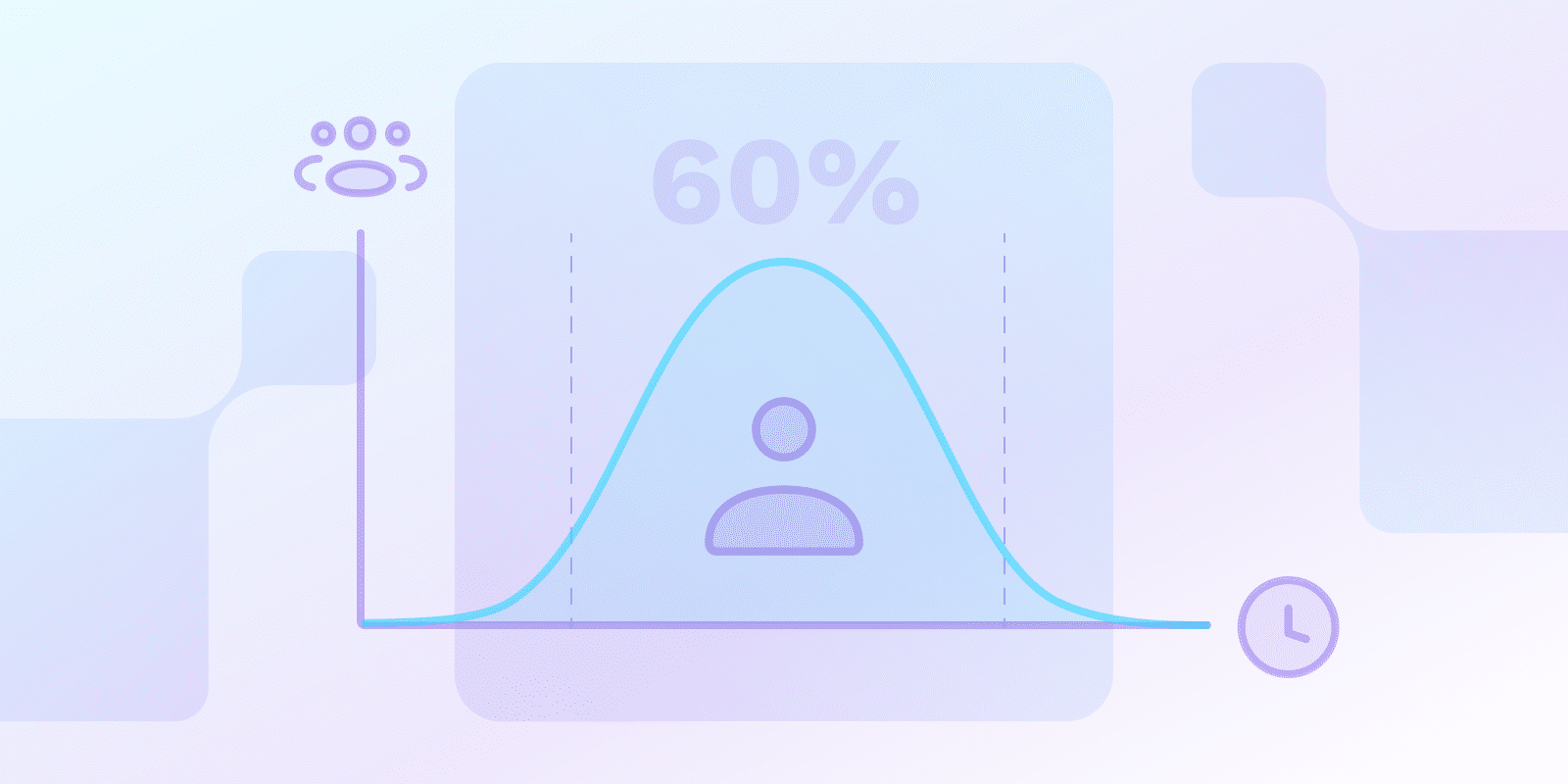顧客生涯価値(CLV)とは何か?
SaaSの指標とKPI

顧客生涯価値(CLV)とは何か?
The total net profit a business anticipates making from a customer over the course of their relationship is known as Customer Lifetime Value, or CLV. It represents a customer’s monetary worth to the company and is an important indicator of the long-term health of the clientele.
CLV assists businesses in determining how much money to spend on bringing in new clients and keeping hold of current ones. It’s crucial to remember that CLV is only an estimate and can differ significantly based on the sector and business style.
What are the different types of Lifetime Value (LTV)?
A crucial indicator known as lifetime value (LTV) measures the total amount of money a company may anticipate making from a single client, good, or service over the course of that customer’s lifetime.
Here are a few illustrations of several LTV types:
- 顧客生涯価値(CLV): the total amount of money a company can anticipate making from a single client over the course of that client’s engagement with the company.
- Product Lifetime Value (PLV): the total amount of money a company might anticipate making from a single product over the course of its whole existence.
- Service lifetime value (SLV): The total amount of money a company might anticipate making from a single service over the course of its lifetime.
Businesses can obtain important insights into their clientele, product line, and service offerings by comprehending and utilizing LTV concepts. This information can potentially influence profitability and long-term success, but it will require careful consideration.
How is Lifetime Value (CLV) calculated?
To calculate CLV, the most common formula used is:
CLV = Average Order Value (AOV) x Purchase Frequency x Customer Lifespan.
Divide the total number of sales by the number of distinct consumers that purchased during the same time period to get the average buy frequency rate.
For instance, the average buy frequency would be two if a business had 500 unique clients and 1000 purchases.
More intricate CLV computations might also take into account variables like turnover rate and gross profit per customer.
What factors influence Customer Lifetime Value (CLV)?
Customer behavior, satisfaction, loyalty, engagement, purchase value, customer longevity, profit margin, retention rate, and discount rate are some of the characteristics that affect CLV.
Every one of these variables is subject to change over time, which could affect the CLV as a whole.
Businesses may identify high-value clients and customize methods to foster their loyalty and optimize their potential by knowing how these aspects interact.
It’s important to remember, though, that it might be difficult to predict client behavior exactly, and thus CLV calculations will always involve some degree of uncertainty.
How can businesses increase Customer Lifetime Value?
Companies can raise CLV (customer lifetime value) by:
- simplifying the checkout process and prioritizing the requirements of customers over those of competitors
- increasing customer satisfaction
- implementing a customer brand loyalty plan
- utilizing predictive models to forecast future value
Monitoring CLV indicators over time is crucial for assessing how well your client retention tactics are working.
What are the limitations of Lifetime Value (LTV)?
A useful metric, lifetime value (LTV), is difficult to evaluate precisely because of the wide range of consumer contact channels and the presumptions it is based on.
While LTV calculations can provide valuable insights, it’s important to acknowledge that they are estimates based on assumptions and may not always reflect reality.
It may be alluring to reduce the calculating process to direct costs, but doing so can miss some important aspects of a client, including brand loyalty or referrals.
As a result, while making strategic decisions, it’s imperative to use LTV carefully and take into account its limitations.
結論
Businesses can use CLV estimates to figure out how much to spend on bringing in new clients and keeping hold of current ones. They can also optimize their long-term profitability by knowing what influences CLV and how to raise it.